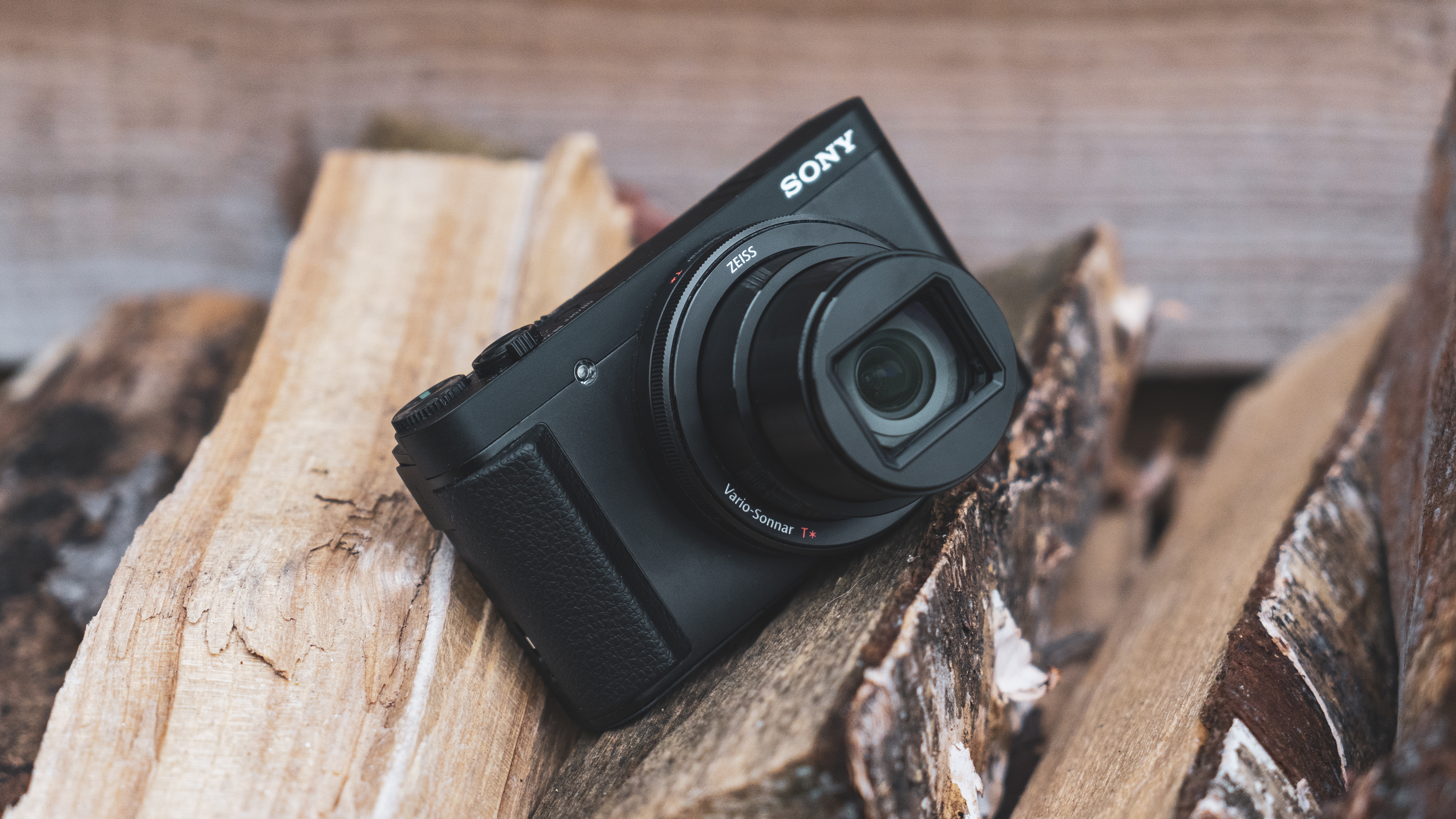TechRadar Verdict
Sony's top-of-the-range travel camera misses out on a 1-inch sensor, but packs a highly versatile 30x optical zoom into a neat little body.
Pros
- +
30x optical zoom range
- +
Touchscreen control
- +
4K video and photo modes
- +
Built-in EVF
- +
Raw shooting
- +
Wi-Fi and Bluetooth connectivity
Cons
- -
Low-resolution EVF
- -
Image smoothing at high ISOs
- -
Cramped controls
Why you can trust TechRadar
The Essential Review
This is TechRadar’s review summary that gives you all the key information you need if you’re looking for quick buying advice in 30 seconds – our usual full, in-depth review follows.
The Cyber-shot HX99 is Sony's latest top-of-the-range travel zoom compact camera, replacing the ageing Cyber-shot HX90V.
While rivals like the Panasonic Lumix ZS200 (known as the Lumix TZ200 outside the US) have sacrificed zoom range for a larger sensor that delivers improved image quality, the Cyber-shot HX99 is a more traditional travel zoom design, featuring a 30x optical zoom lens that runs from 24mm all the way to 720mm.
Paired with this is a small 1/2.3-inch sensor, which is typical for a point-and-shoot compact and a touch larger than the sensors found in most modern smartphones. This means expectations should be kept in check as far as image quality is concerned – the 18.2MP sensor will capture better-looking photos than your smartphone can, but not by much. If you want better image quality you'll need to look for models with 1.0-inch sensors, but you won't find one with the same impressive 30x optical zoom. The addition of raw capture is welcome, giving you greater flexibility to tweak and adjust images post-capture.
On the rear of the HX99 is tilt-angle, 3.0-inch touchscreen, which can be pulled out and away from the body, and flipped round for selfies. Looking at the camera you could be forgiven for missing the fact that it also sports an electronic viewfinder (EVF). It's housed inside the camera, and there's a release on the side of the camera that pops it out of the top panel. While its resolution is pretty modest and its magnification not great, meaning it can feel a little claustrophobic to look through, it can be useful for framing shots in bright light, when it can be tricky to see what's on the rear screen.
While the HX99 offers shutter and aperture priority modes, along with full manual, the HX99 lends itself more to use as a point-and-shoot compact, with auto and scene modes, as well as sweep panorama.
It's no surprise to see 4K video capture on the Cyber-shot HX99, with recording at up to 30p, though you'll need a UHS-I/II U3-compatible card. Speaking of which, the HX99 uses the much smaller microSD format cards, as opposed to the more popular (for cameras at least) SD format. It's not a deal-breaker, but it's something to be mindful of.
Sign up for breaking news, reviews, opinion, top tech deals, and more.
While it's a good travel zoom compact, the Cyber-shot HX99 isn't unique, with Panasonic's Lumix ZS70 (or TZ90 if you're outside the US) offering many of the same features, including a 30x optical zoom. There's not much to choose between them, and which one you pick may simply come down to price.

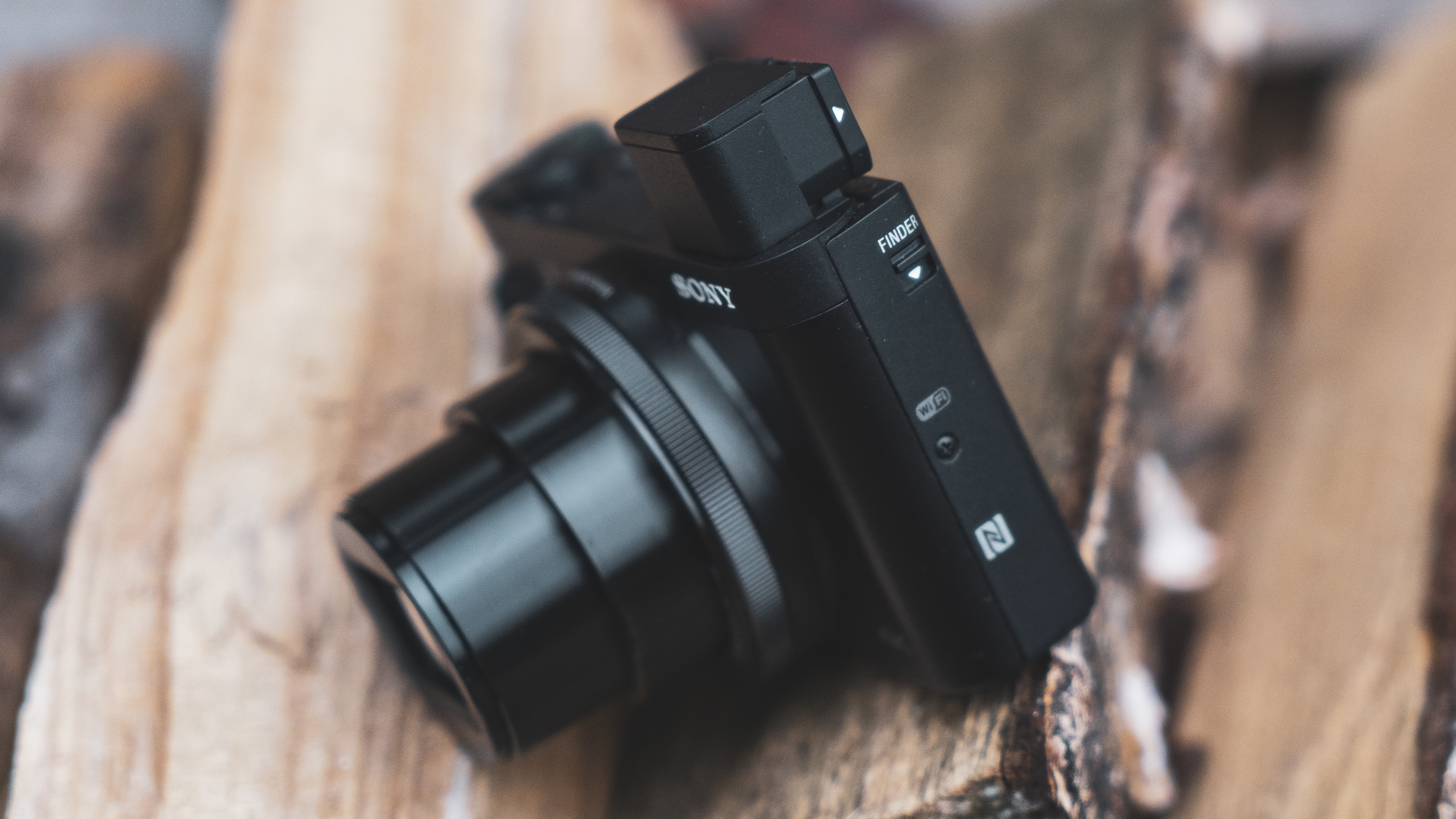
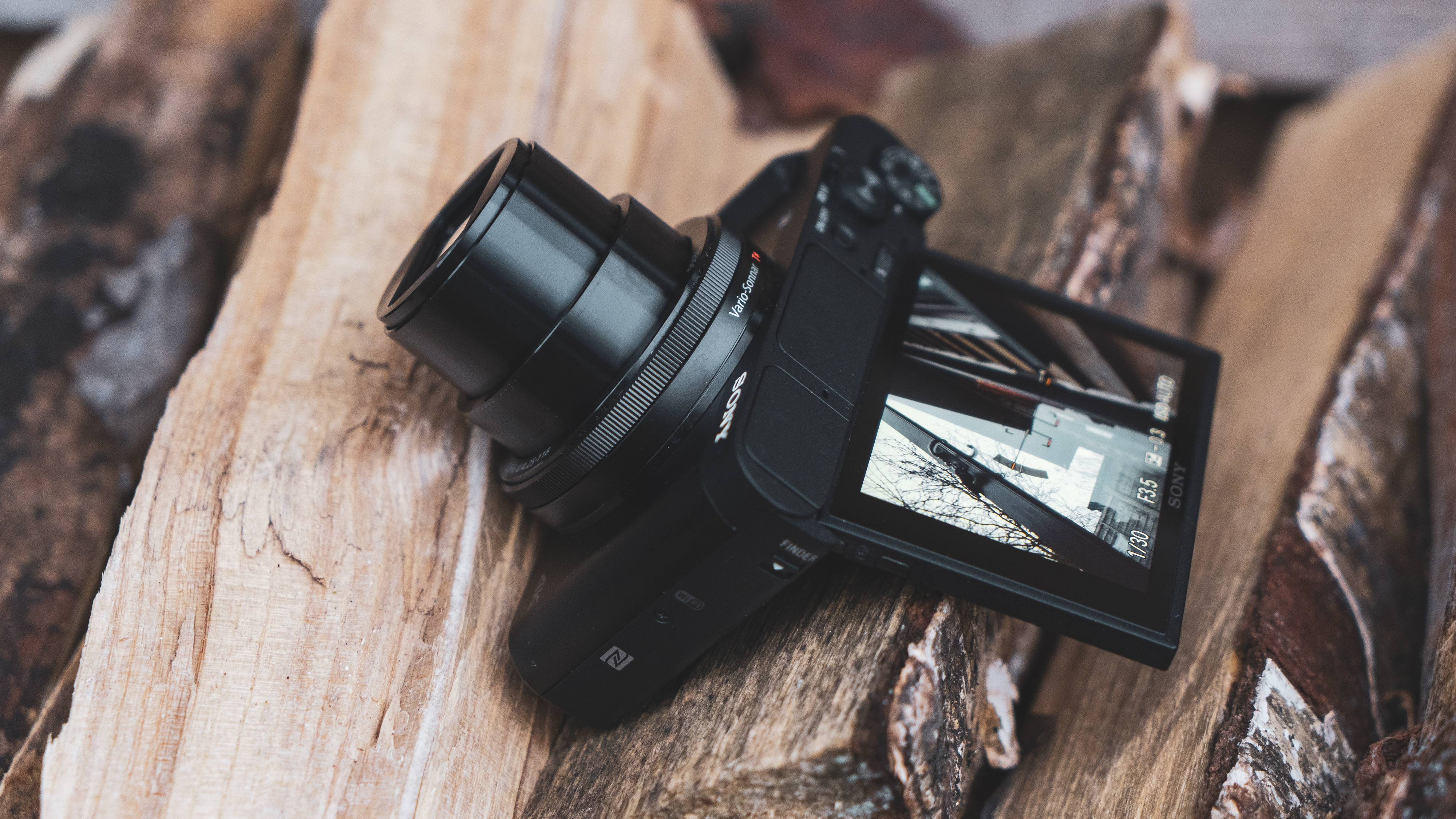
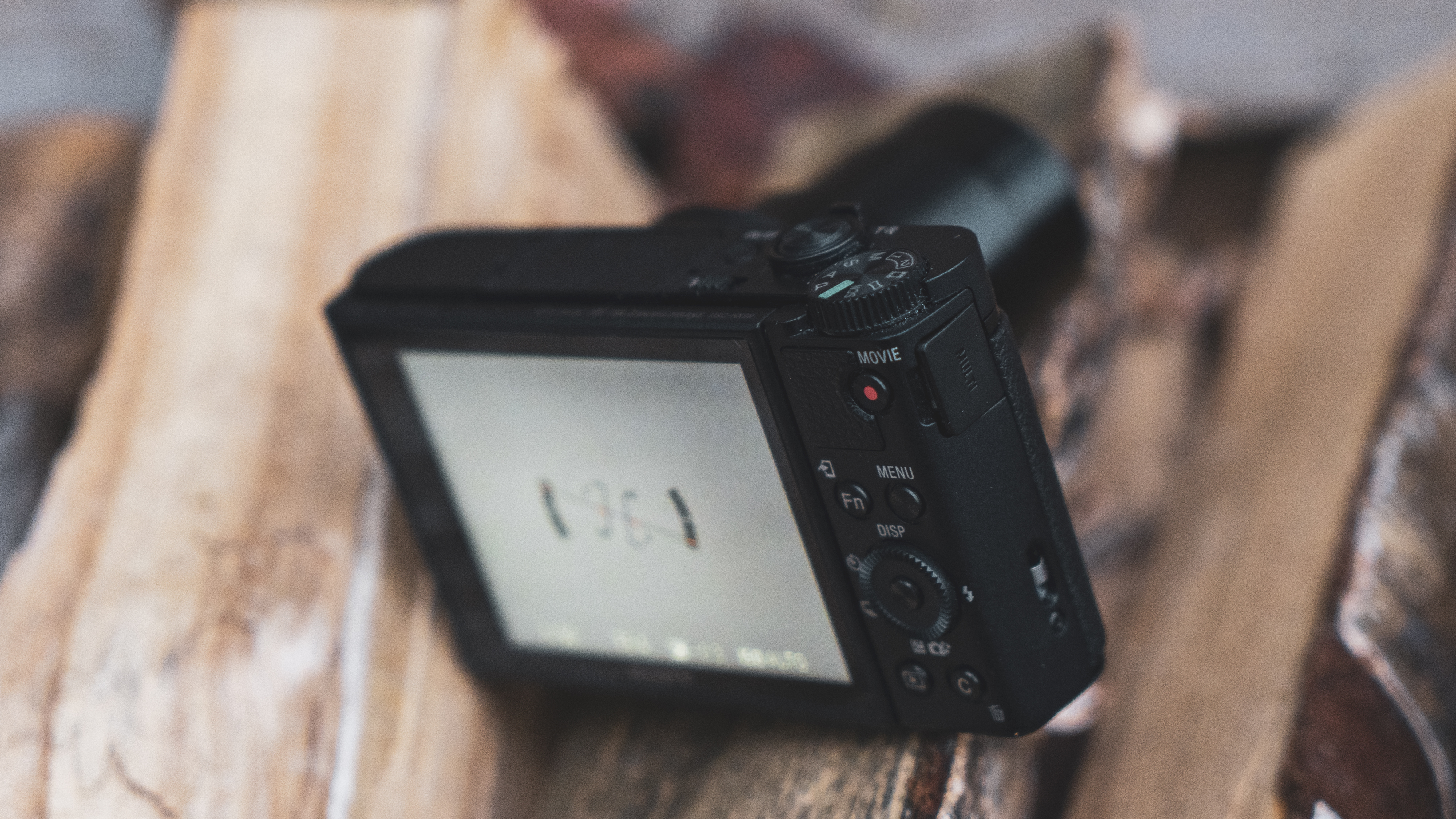
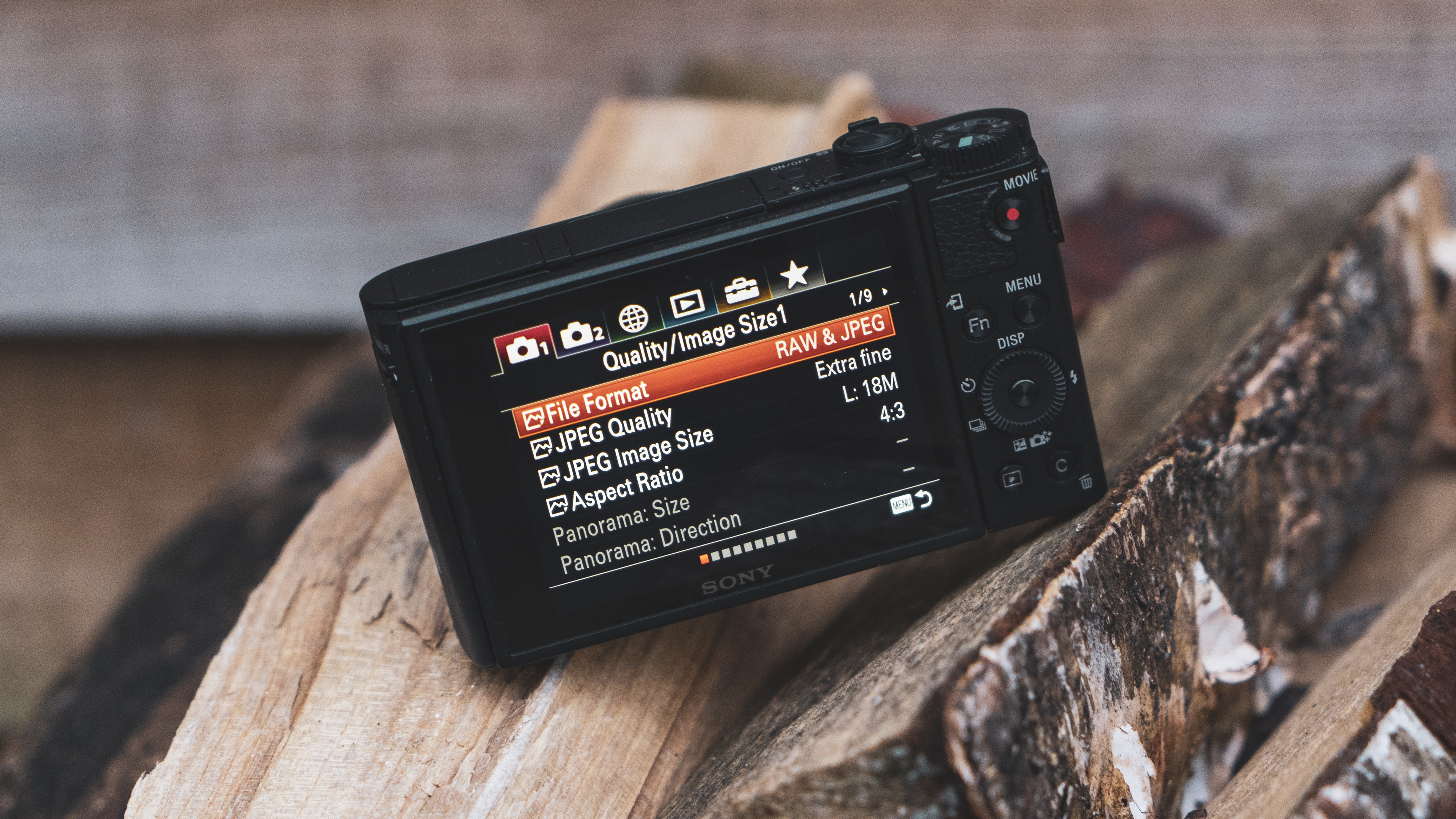


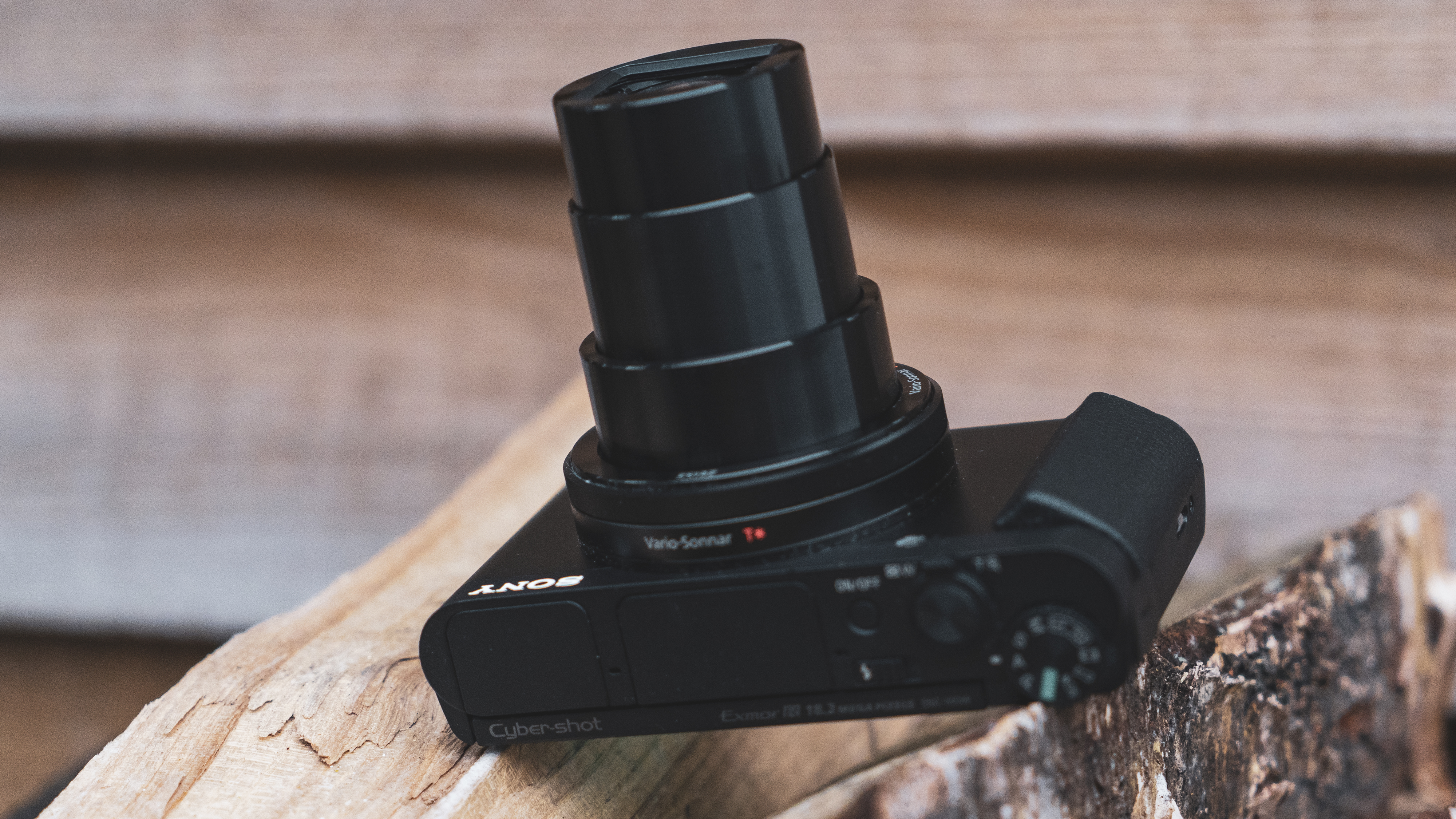
Who’s it for and should I buy it?
The Sony Cyber-shot HX99 is a solid option if you're in the market for a easy to use travel zoom compact camera. Offering a huge 30x optical zoom range, it's versatile enough to shoot anything from expansive landscapes and architecture to faraway subjects.
The 18.2MP sensor performs well given its small physical dimensions, but don't expect outstanding image quality. We'd try to avoid shooting at higher ISO sensitivities, as image noise will be an issue, with detail suffering, while if you're intending to shoot at the long end of the zoom lens be aware that it's not the sharpest at extreme focal lengths.
Those looking for a noticeable step up in image quality over their smartphone will need to spend a little more, on a camera such as Panasonic's Lumix ZS100 / TZ100, although you'll have to sacrifice the zoom range offered by the HX99 for a much more conservative 10x zoom.
Sony Cyber-shot HX99 price
- Current price: £399 / $449 / AU$729
The Cyber-shot's key selling point is the 30x optical zoom lens
- 30x optical zoom is incredibly versatile
- Electronic viewfinder is a nice addition
- Flip-out rear touchscreen
Sensor: 1/2.3-inch, 18.2MP
Lens: 24-720mm, f/3.5-6.4
Screen: 3.0-inch tilt-angle touchscreen, 921K dots
Viewfinder: EVF
Continuous shooting: 10fps
Movies: 4K
Battery life: 370 shots
User level: Beginner/intermediate
Where a typically smartphone will feature a fixed, wide-angle lens, Sony has squeezed a 30x optical zoom into the Cyber-shot HX99. This covers a focal range of 24-720mm, while the maximum aperture available runs from f/3.5 at the wide end of the zoom range to f/6.4 at the long end.
The zoom range is identical to that of the HX99's closest rival, the Panasonic Lumix ZS70 (known as the TZ90 outside the US) and will enable you to zoom in on subjects far off in the distance. This kind of zoom range is overkill for most subjects, however – you'll likely be using the first third of the zoom range for most shooting scenarios.
At extreme zoom ranges the risk of camera shake ruining shots is high (as you'll need to use slower shutter speeds as the maximum available aperture narrows), so Sony has equipped the HX99 with its Optical SteadyShot technology to counteract unwanted movement for stills photography.
The Cyber-shot HX99 uses a 1/2.3-inch sensor with a resolution of 18.2MP. The physical dimensions of the sensor are pretty small, and while it's bigger than the sensors found in smartphones it's not much bigger, so don't expect dramatically better image quality than you can get from your phone, especially if it has a fairly capable camera.
We found focusing speeds to be pretty snappy through most of the zoom range, although speeds did drop the closer we got to 720mm. The HX99 also struggles a little once light levels drop, but this is typical for a travel zoom camera around this price point. A nice addition here is EyeAF, a feature that's trickled down from Sony's high-end cameras, and which detects and focuses on subjects' eyes. While the HX99 can shoot at 10fps, it isn't really suited to fast-paced action.
On the rear of the HX99 is a 3.0-inch touchscreen display, with a fairly average resolution of 921,000 dots. Rather than sitting flush to the body, the screen can be pulled outwards to 180 degrees, which is handy for both waist-level shooting and selfies.
As well as this, the HX99 features a concealed pop-up electronic viewfinder (EVF), similar to the ones seen on Sony's premium RX100 range of compact cameras. There's a latch at the side to release it from the body, but you do then need to manually extend the front element before you can use it – and a little annoyingly, when you collapse the EVF back into the body it automatically shuts down the camera.
The quality of the EVF is not up to the standard of those on the pricer RX100 cameras, with a modest resolution of 638,000 dots. It's also substantially down on the Lumix ZS70 / TZ90's 1,160,000-dot unit. In a nutshell then, it's handy to have when shooting in bright light, but its cramped view and low resolution mean it's not something you're likely to want to use regularly.
The battery in the Cyber-shot HX99 is rated for 370 shots, or 300 if you use the EVF regularly, which is about average for a travel zoom compact, while there's USB charging to keep things simple. There are plenty of connectivity options, with Wi-Fi, Bluetooth and NFC on tap.
A streamlined design that's also very compact
- Both auto and manual controls
- Metal construction
- Weighs 242g
From a distance the Sony Cyber-shot HX99 looks like one of Sony's high-end RX100 compacts, with a sleek, understated finish. It's actually a bit slimmer than an RX100 camera, despite its extra zoom range, so you should be able to slip this easily into all but the tightest of pockets, and it's nice and lightweight too.
Unlike the smooth front of an RX100 camera, the HX99 benefits from a textured handgrip, while there's also a small thumb rest on the back of the camera. All of the HX99's buttons are positioned on the right-hand side of the camera, which makes it easy to use one-handed.
The compromise of having such a compact body is that the buttons are on the small side, and positioned quite close together. The mode dial on top of the camera is within easy reach of your thumb, though, so you can quickly scroll to a different exposure mode; it's also not too loose, so it's unlikely that you're going to change modes accidentally.
There's no dedicated exposure compensation control, however; instead you're required to press down on the rear scroll wheel to access this, before using the wheel to adjust exposure. Alternatively, on the front of the HX99 is a control ring which can be used not only to operate the zoom, but also customized to adjust exposure compensation, white balance, ISO sensitivity, shutter speed and aperture.
Image quality
- Raw shooting available
- Same resolution as HX90V
- ISO80-3200 (expandable to 80-6400)
The Cyber-shot HX99 actually matches the HX90V's resolution at 18.2MP, with Sony not tempted to boost the pixel count beyond this to avoid the increased risk of image noise encroaching on photos at higher sensitivities.
Image noise is still present, but provided you shoot at lower sensitivities it's possible to produce some nice-looking images that are nicely saturated.
Go above ISO400 and you'll start to see some image smoothing and loss of detail in JPEG files, but the inclusion of the ability to shoot in raw (something that was missing from the HX90V) means that at these higher sensitivities it is possible to reduce the effects of noise in post-processing.
We'd recommend keeping the ISO under 1600; this isn't an ideal camera for low-light shooting, although if you're using it as a general travel camera this may not be a major issue.
Not convinced? Try these...
If the Cyber-shot HX99 isn’t for you, we’ve picked three excellent alternatives for you to consider.
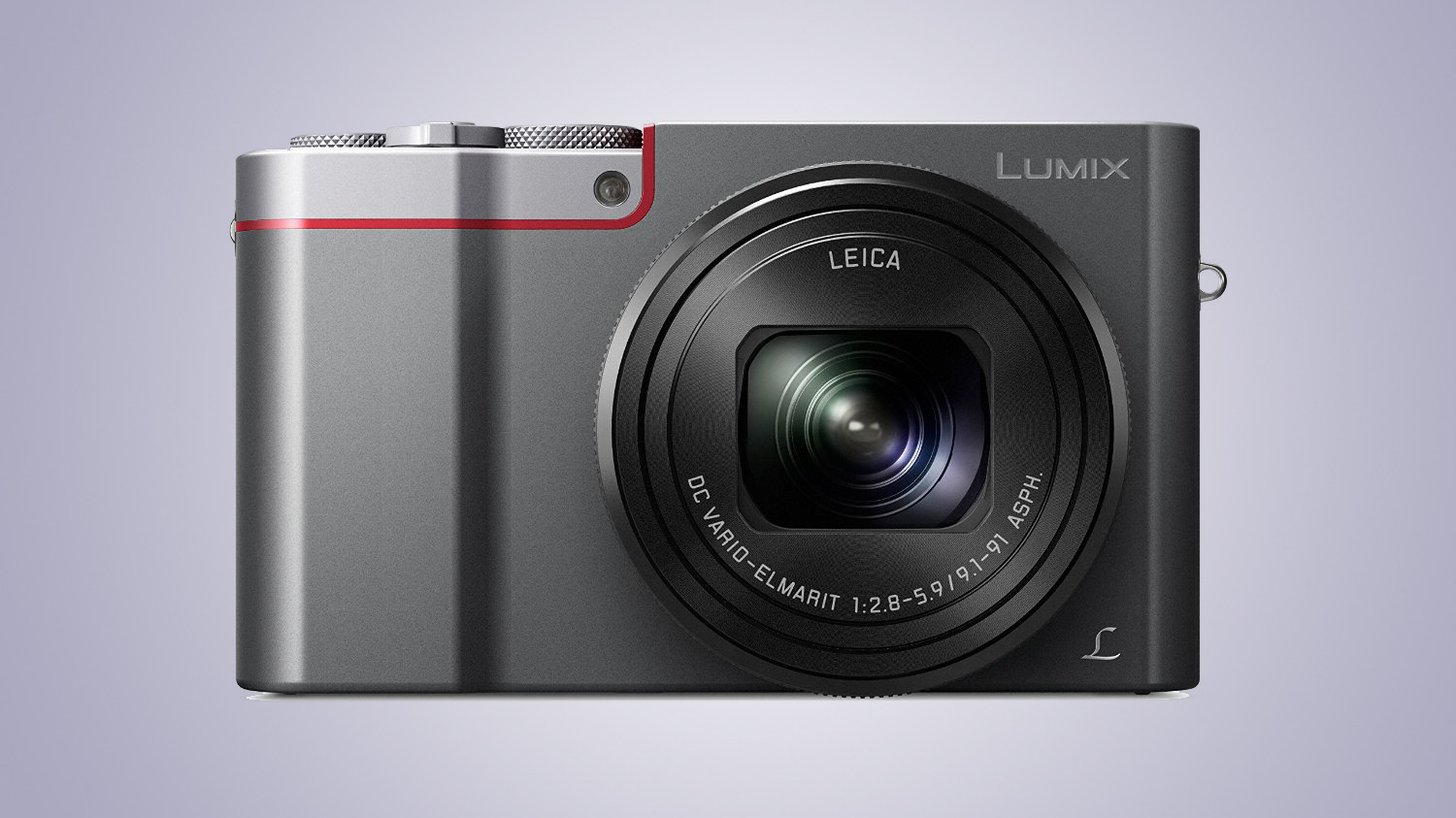
Panasonic Lumix ZS100 / TZ100
If you're looking for significantly better images than your smartphone can capture, and you're prepared to compromise on zoom range, the Lumix ZS100 (known as the TZ100 outside the US) is a great option. The 10x optical zoom isn't quite as broad, but it still offers decent reach, while image quality is very good.
Read our in-depth Panasonic Lumix ZS100 / TZ100 review

Panasonic Lumix ZS70 / TZ90
The Lumix ZS70 (known outside the US at the TZ90) is the HX99's closest competitor. With a matching 30x optical zoom, the ZS70 has a higher resolution EVF, but the screen sits flush to the body. More affordable the the HX99 at the moment.
Read our in-depth Panasonic Lumix ZS70 / TZ90 review
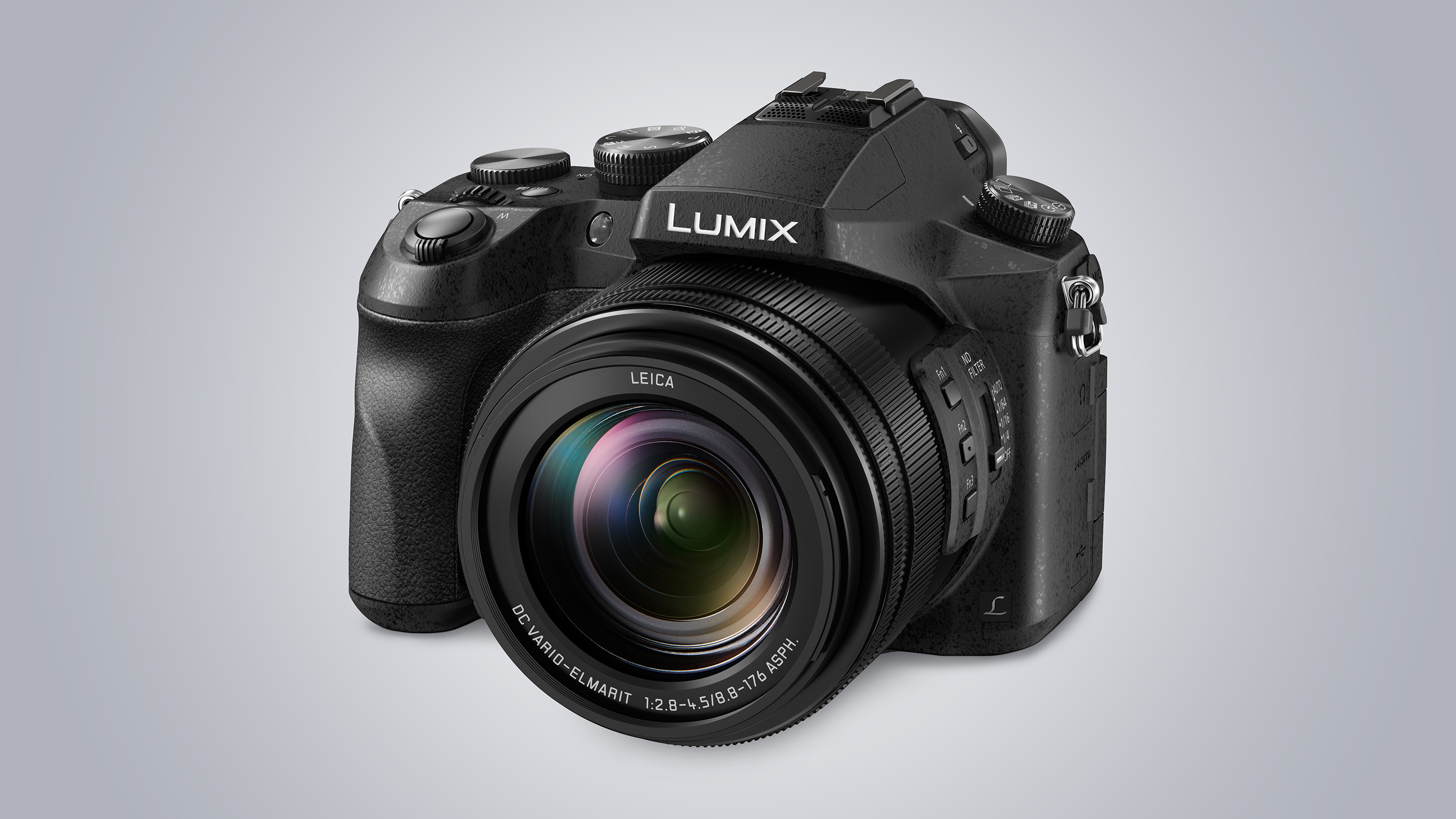
Panasonic Lumix FZ2000 / FZ2500
Like the idea of an all-in-one camera, but want a larger zoom lens and better quality images? The Panasonic Lumix FZ2000 (known as the FZ2500 in the US) is a bridge compact, so it's slightly chunkier proposition, and also uses a 1-inch sensor.
Read our in-depth Panasonic Lumix FZ2000 / FZ2500 review

Phil Hall is an experienced writer and editor having worked on some of the largest photography magazines in the UK, and now edit the photography channel of TechRadar, the UK's biggest tech website and one of the largest in the world. He has also worked on numerous commercial projects, including working with manufacturers like Nikon and Fujifilm on bespoke printed and online camera guides, as well as writing technique blogs and copy for the John Lewis Technology guide.
